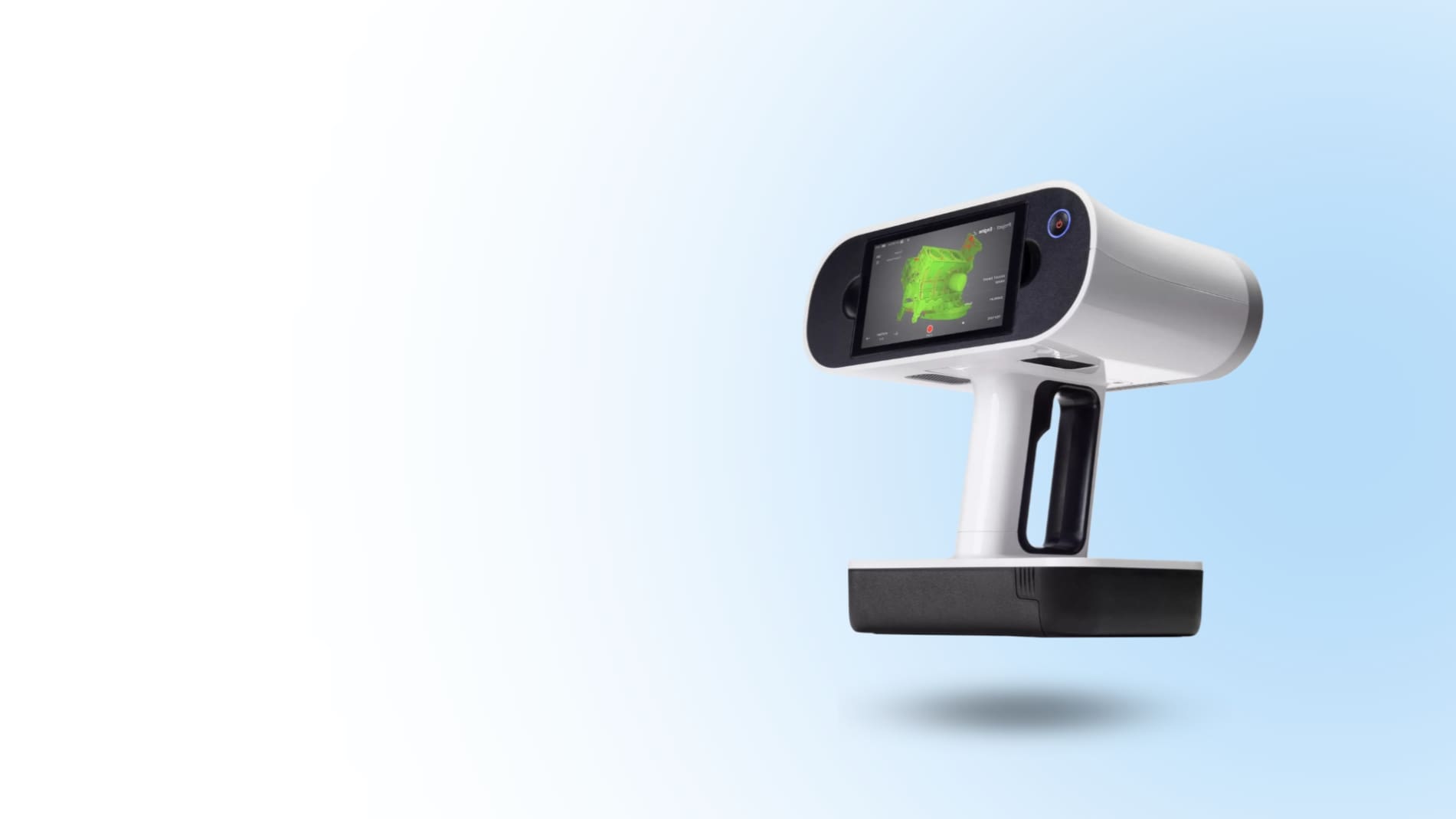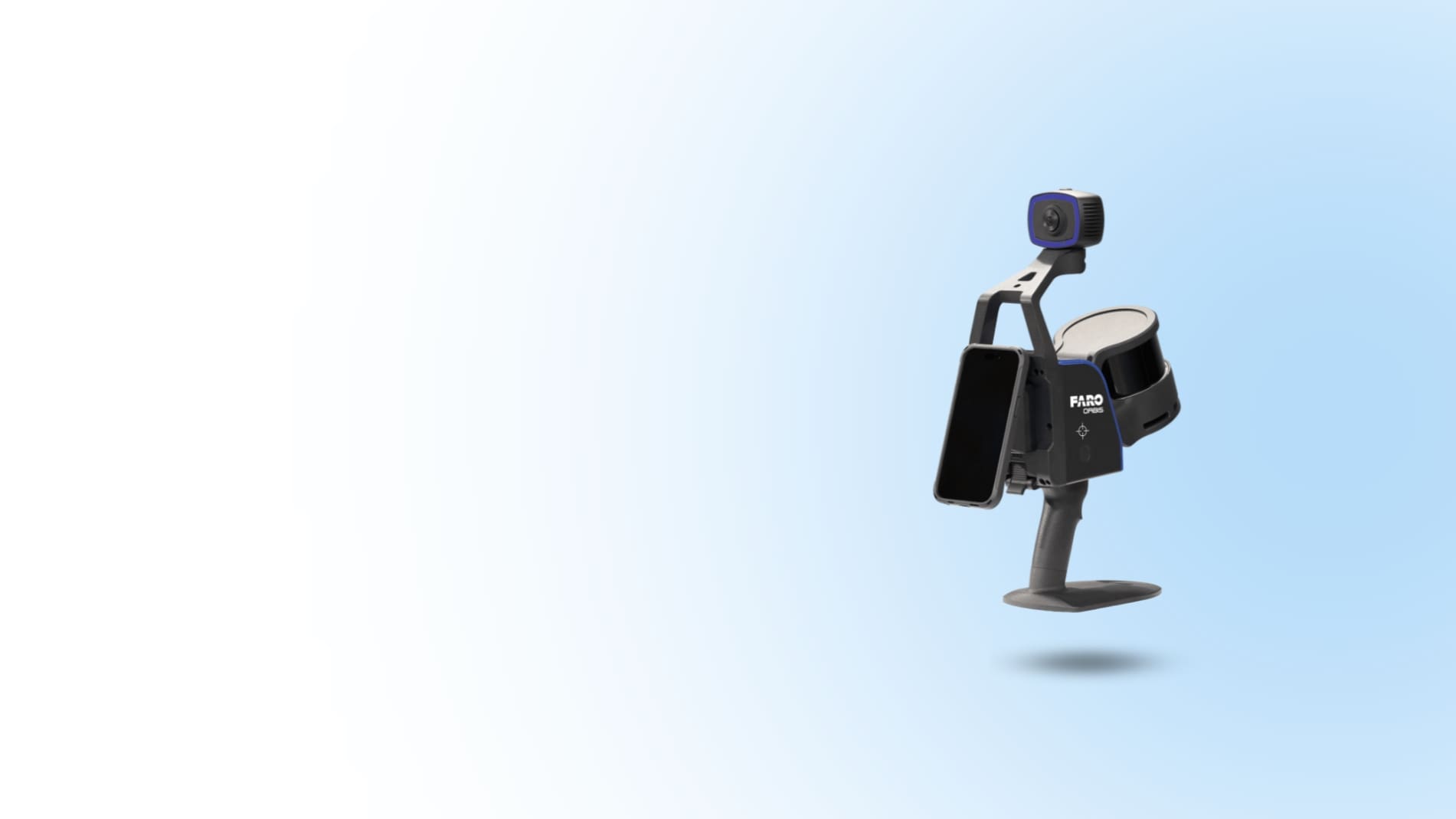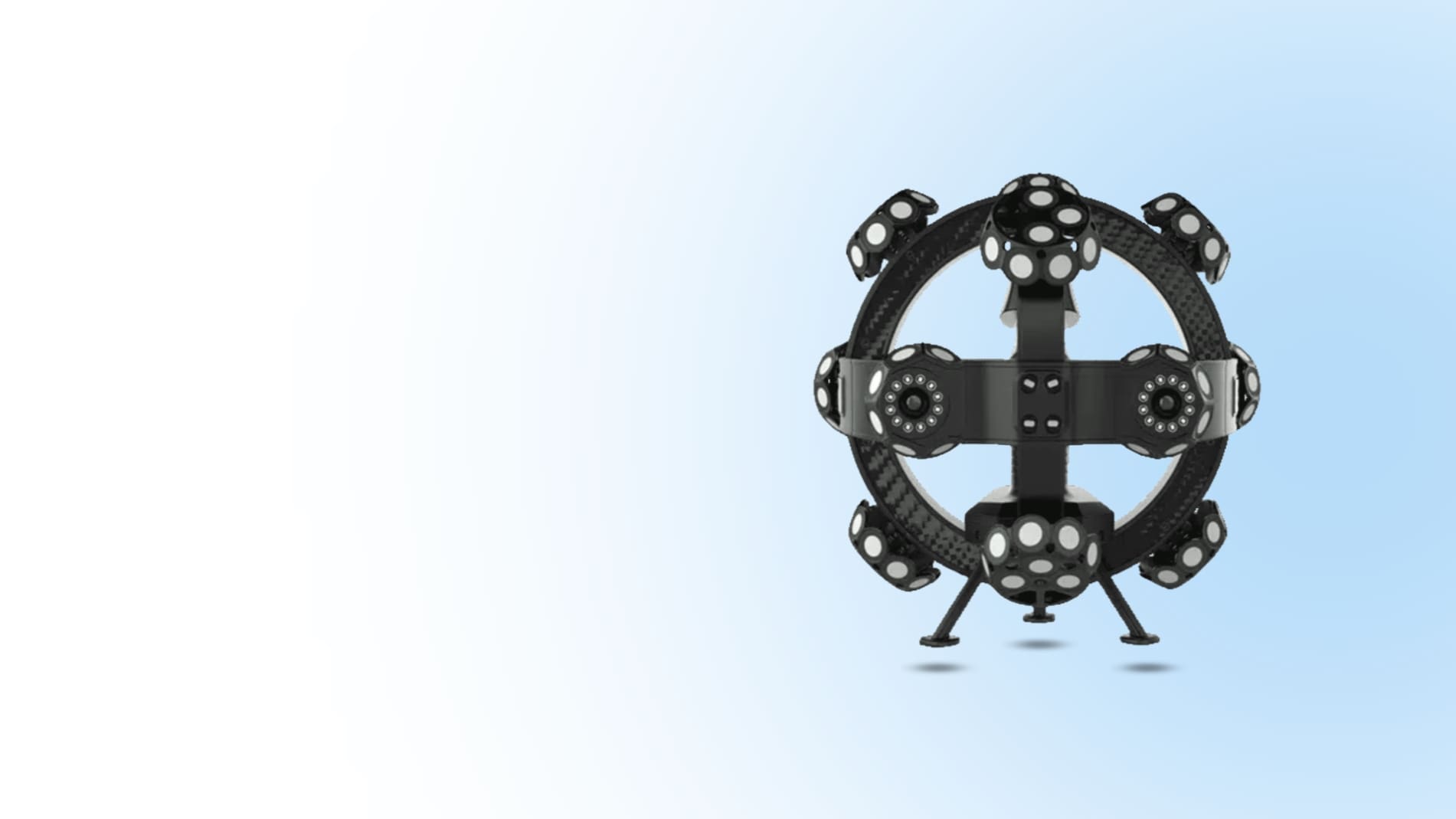
Choosing the Right Handheld Scanner
Your choice of a handheld 3D scanner depends on many factors, including the intended application, the environment it’ll be used
3D modeling technology has many applications, from architecture to video games.
While most people are familiar with some of the most common applications of 3D modeling, there are still many fascinating and innovative ways in which it is being used today and evolving for future use cases. In this post, we’ll share eight stories of 3D modeling applications and examples as we explore how it’s changing how we work, learn, and experience the world around us.
As you can see, 3D modeling has many applications, from architecture and product design to gaming and medical research. From creating virtual reality experiences to designing new medical devices, 3D modeling will continue playing an essential role in the world of technology and innovation across every industry imaginable.
If you’re interested in exploring the possibilities of 3D modeling for your business or a project, consider contacting Digitize Designs as your first stop: a one-stop 3D scanning and modeling shop that can provide you with a range of solutions to match your specific needs and requirements. Our reputation stems from our expertise, experience, and enthusiasm for delivering the best selection, services, and support possible, whether it’s 3D scanning and modeling hardware and software or on-demand 3D scanning and modeling services to instantly, and seamlessly handle your 3D scanning and modeling needs for you.
3D modeling is a powerful technology that has transformed how we approach design, research, and entertainment, to name a few. So whether you’re an architect looking to visualize your designs in 3D, a medical researcher exploring new treatment options, or a game developer creating immersive virtual worlds, 3D modeling has something to offer. Have a story of a 3D modeling application you’d like to share? Let us know!
3D Scanning & Metrology News, Press, Insights, Trends, Case Studies, and more.

Your choice of a handheld 3D scanner depends on many factors, including the intended application, the environment it’ll be used

Although handheld scanners offer high accuracy, their level of precision can’t be compared to that of stationary scanners. The fact

3D scanning has become a game-changer across multiple industries, enabling businesses to streamline workflows, improve accuracy, and reduce production costs.

As industries evolve and digital transformation accelerates, 3D scanners have become indispensable tools across manufacturing, healthcare, architecture, and more. These
Secure SSL Encrypted Connection
Two-factor Authentication
© Copyright 2024 – Digitize Designs, LLC – Privacy Policy – Website by Ultra Dynamic Graphics